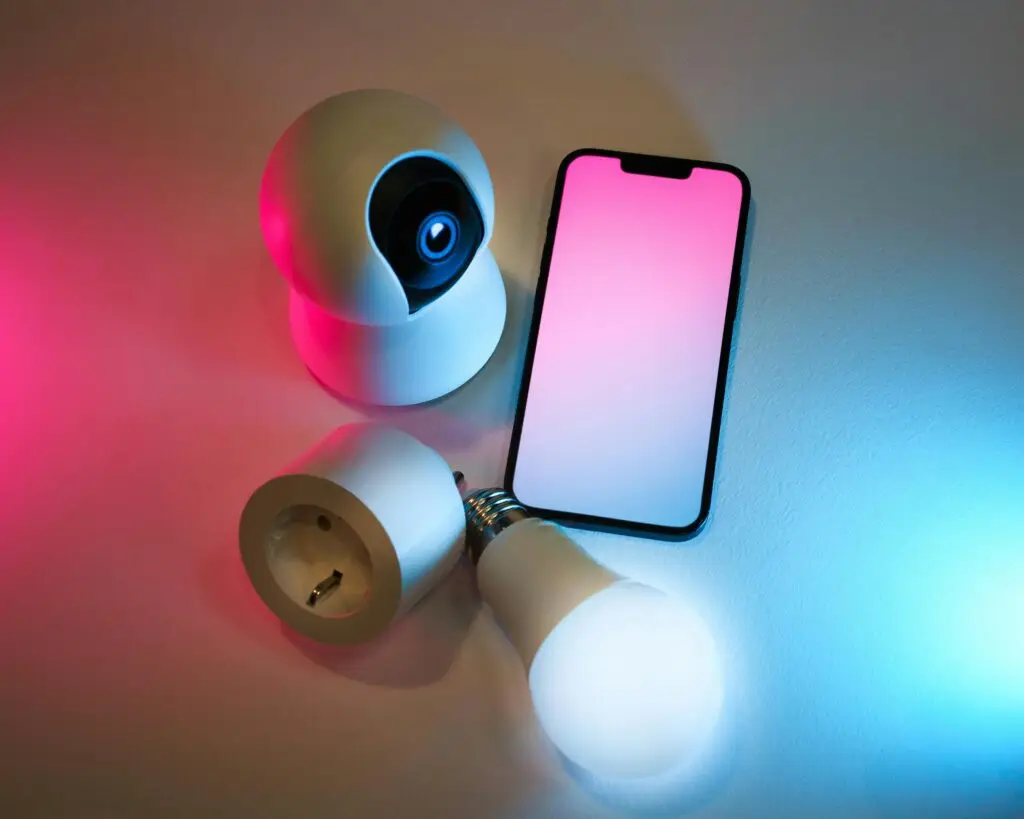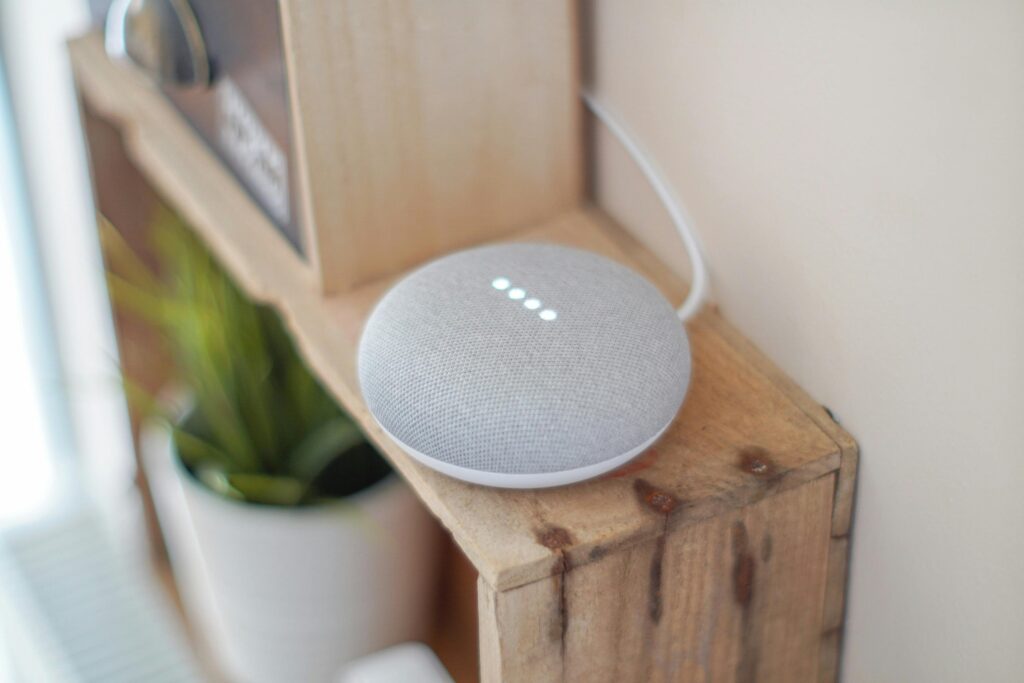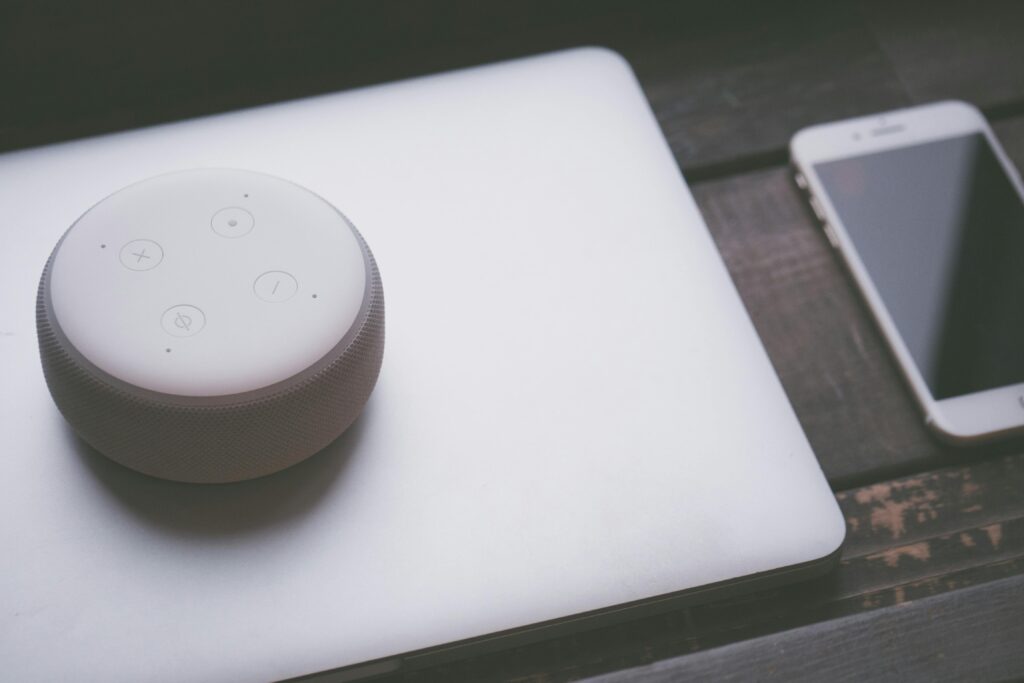Benefits of Implementing Smart Lighting Control Systems
Smart lighting control systems have transformed the way homes and businesses manage illumination. By integrating automation, energy efficiency, and remote access, these systems enhance convenience, security, and cost savings while offering seamless control and customization. This guide explores the extensive benefits of implementing smart lighting control systems and how they can revolutionize modern living and working environments.
1. Unmatched Energy Efficiency & Cost Savings
- Smart lighting systems leverage LED technology, automation, and intelligent sensors to optimize energy consumption.
- Motion sensors, occupancy-based controls, and scheduling significantly reduce unnecessary electricity usage by ensuring lights are only active when needed.
- Studies indicate that smart lighting can reduce energy bills by up to 50% in both residential and commercial settings.
- Adaptive brightness settings adjust light levels based on natural daylight availability, further optimizing energy use.
- Integration with smart meters and energy monitoring apps allows users to track consumption in real-time, promoting efficient energy usage.
2. Enhanced Convenience & Seamless Automation
- Voice-controlled operation via Alexa, Google Assistant, and Siri provides hands-free control for enhanced user experience.
- App-based remote access enables users to control lights from anywhere in the world using smartphones or tablets.
- Geo-fencing technology ensures lights automatically turn on or off based on user location, eliminating the need for manual operation.
- Customizable automation schedules adjust brightness levels dynamically throughout the day to match activity levels and personal preferences.
- Scene-based lighting configurations allow users to pre-set lighting profiles for different scenarios such as movie nights, reading time, or focused work sessions.
3. Advanced Security & Safety Enhancements
- Motion-activated lighting acts as a deterrent against intruders by automatically illuminating outdoor areas when movement is detected.
- Automated vacation mode mimics human presence by turning lights on and off at random intervals, reducing the risk of break-ins.
- Pathway and stairway illumination ensures safe navigation in dimly lit environments, reducing the likelihood of falls and accidents.
- Emergency lighting integration provides backup illumination during power outages, ensuring safety during unforeseen disruptions.
- Smart lighting can be linked to home security systems, flashing lights in response to alarms or unauthorized entry.
4. Customizable Ambiance & Mood Lighting
- Dimmable lighting options allow users to adjust brightness for different activities, from bright task lighting to warm, ambient illumination.
- Color-changing LED technology offers millions of hues, enhancing mood and aesthetic appeal in living spaces.
- Circadian rhythm lighting integration synchronizes artificial lighting with natural daylight patterns, improving sleep quality and overall well-being.
- Adaptive lighting settings adjust color temperature throughout the day, creating a stimulating environment in the morning and a relaxing atmosphere at night.
- Perfect for entertainment, workspaces, or relaxation zones, allowing users to create tailored lighting experiences.
5. Seamless Integration with Smart Home & IoT Devices
- Smart lighting works in harmony with smart thermostats, home automation hubs, and voice assistants, streamlining home control.
- Can be programmed to interact with motion sensors, security cameras, and smart door locks to enhance security and efficiency.
- Integration with motorized window shades and smart blinds ensures optimized lighting conditions based on natural light levels.
- Automated workflows enable scenarios like lights dimming when a movie starts or gradually brightening in the morning to simulate sunrise.
- Supports multi-room synchronization, ensuring a cohesive and coordinated lighting experience throughout the home or office.
Top Smart Lighting Control Systems in 2025
1. Lutron Caséta Wireless
- Seamlessly integrates with Apple HomeKit, Amazon Alexa, and Google Assistant.
- Offers wireless dimming, geofencing, and advanced automation for ultimate control.
- Ideal for both small-scale residential setups and large commercial automation.
- Features Pico wireless remotes, enabling multi-location dimming without additional wiring.
2. Philips Hue Smart Lighting
- Provides millions of color options and tunable white light for full customization.
- Can be controlled via app, voice command, or traditional wall switches.
- Offers entertainment syncing, allowing lights to react dynamically to music, games, and movies.
- Features Zigbee connectivity, ensuring a stable and responsive smart lighting network.
3. Leviton Decora Smart
- Compatible with Wi-Fi, Z-Wave, and Matter-enabled smart home platforms.
- Supports advanced dimming, scheduling, and scene customization.
- Works with SmartThings, Apple HomeKit, and Alexa routines, offering broad integration capabilities.
- No-hub-required Wi-Fi models simplify setup while providing robust smart lighting control.
4. TP-Link Kasa Smart Lighting
- Budget-friendly yet feature-packed, offering dimming, scheduling, and remote access.
- Simple plug-and-play installation, perfect for renters and homeowners alike.
- Provides integration with Google Assistant, Alexa, and IFTTT for versatile automation.
- Offers energy monitoring features to track and optimize lighting usage.
Future Trends in Smart Lighting Technology
- AI-driven adaptive lighting that learns user habits and adjusts illumination patterns accordingly.
- Increased Matter standard adoption, ensuring greater cross-platform compatibility among smart lighting brands.
- Wireless power advancements to eliminate reliance on traditional wiring infrastructure for smart lighting.
- Sustainable and eco-friendly materials used in the production of smart bulbs and fixtures.
- Integration with health-focused lighting, including UV sterilization and wellness-enhancing light spectrums.
Conclusion
Smart lighting control systems are redefining energy efficiency, security, and convenience, making them a must-have for modern homes and businesses. Whether you want automated schedules, hands-free voice operation, or mood-enhancing lighting, integrating smart lighting solutions transforms everyday spaces into intelligent, connected, and efficient environments. By investing in the right system, you ensure a future-ready lighting setup that enhances comfort, security, and sustainability for years to come.


